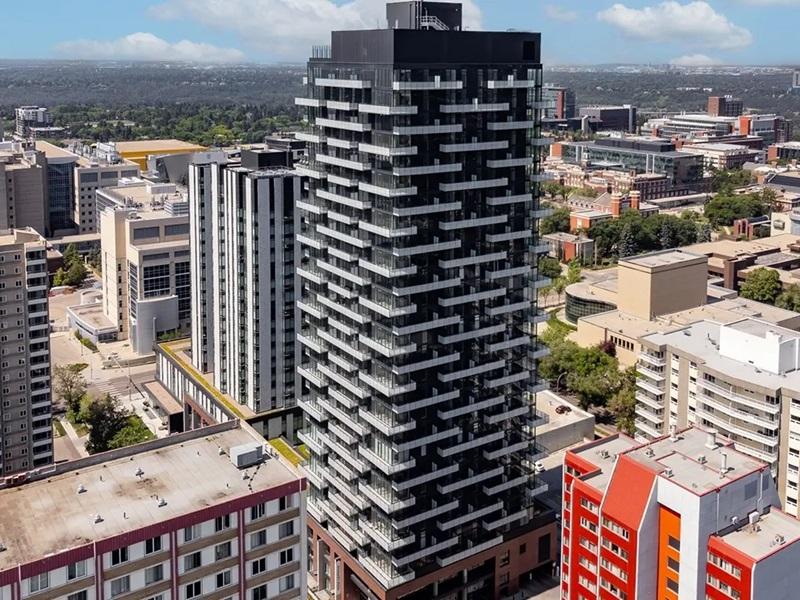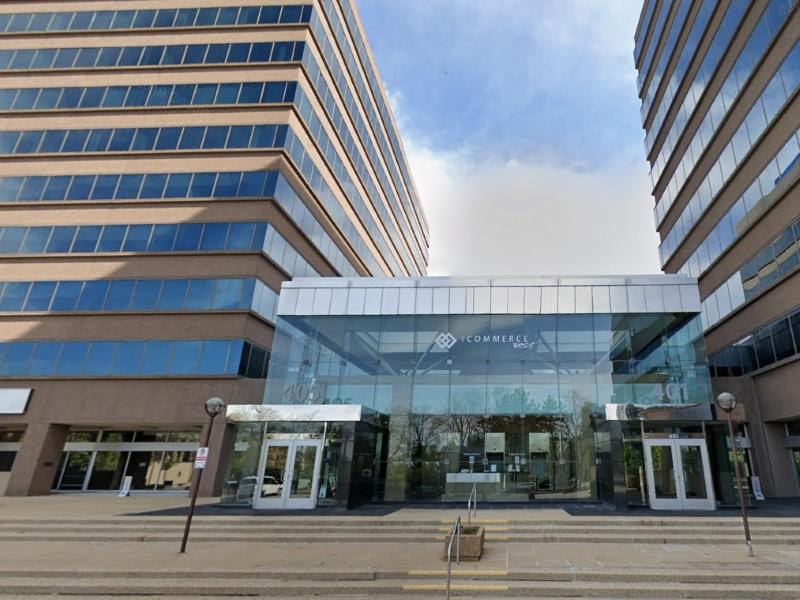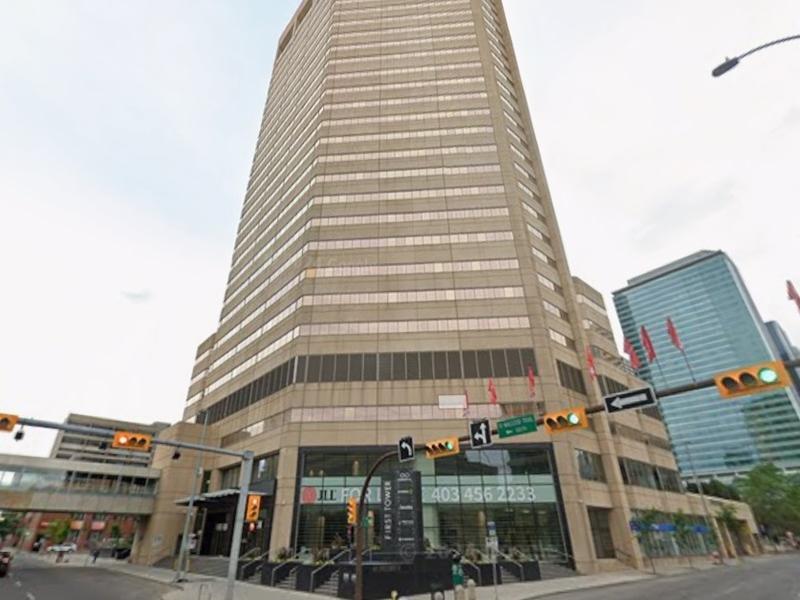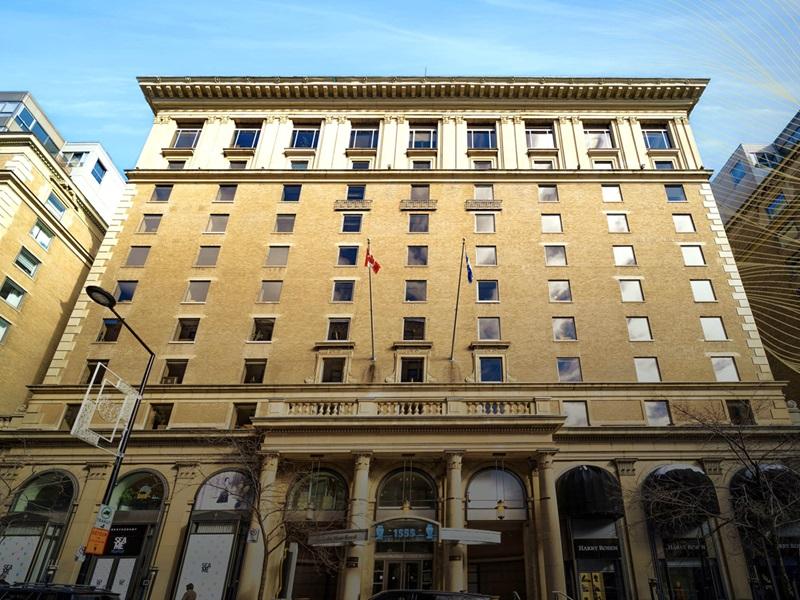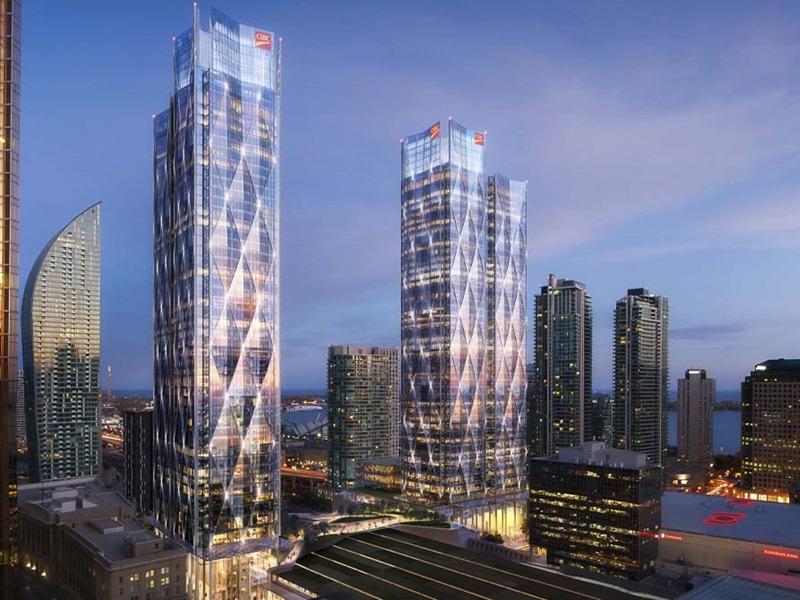
Toronto’s downtown office market recorded one of its best quarters in years during Q3, with the vacancy rate dropping 150 BPS to 17 per cent thanks to 1.5 million square feet of positive net absorption, according to CBRE’s Canada Office Figures Q3 2025 report.
Citywide in Toronto, the vacancy rate for all classes dipped 90 BPS to 18.9 per cent, with a total of 1.6 million square feet of absorption.
But any recovery that might be underway is uneven across the country. While Toronto and five other cities saw decreases in downtown vacancy - including Calgary and Ottawa - the movement was much less dramatic in those markets, and vacancy reflects local market conditions rather than a consistent nationwide trend.
For example, cities such as Calgary, Edmonton and Ottawa continue to see conversions of aging, outdated office space to other uses contribute to lower vacancy rates.
“Toronto saw a firm rebound this quarter, largely driven by strong leasing in existing space,” the report states. “With 1.6 million sq. ft. of net absorption recorded in the GTA, it is evident that Canada's largest office market is driving the national trend.”
A snapshot across Canada
Nationwide, the data shows a 30 BPS dip in vacancy to 18.4 per cent based on 1.1 million square feet of net absorption, and leasing rates down slightly to $26.20 per square foot for class-A space. A total of approximately 2.6 million square feet of new office space is under construction.
CBRE’s report states citywide office vacancy also declined in Calgary (25.9 per cent), Edmonton (19 per cent), London (25.7 per cent) and Halifax (10.8 per cent).
Vacancy rose slightly in Vancouver (11.4 per cent), Winnipeg (16.4 per cent), Waterloo Region (18.3 per cent), Ottawa (12.8 per cent) and Montreal (19.4 per cent).
One major factor which helped the Toronto market is that there were no deliveries of new space during the quarter. The city has 2.1 million square feet of new space under construction, with the 1.4-million-square-foot CIBC Square Phase II among the projects to be delivered in Q4.
Of that total, about two-thirds is pre-leased (and virtually all of the space at CIBC Square), another illustration of the demand for premium properties.
Toronto 'kicked into a new gear'
Toronto’s class-A assets saw a 250 BPS tightening in vacancy, and trophy assets in the city have experienced three consecutive months of declining vacancy.
“The Toronto office market has kicked into a new gear and we would expect other Canadian cities to start trending in this direction,” CBRE Canada chairman Paul Morassutti said in the announcement. “That said, these are unprecedented times.
“The coming quarters will reveal more about the depth and breadth of the office recovery and we’ll know for sure whether it’s a consolidation of economic activity in core sectors that primarily benefit Toronto, or a rising tide that benefits multiple sectors and cities.”
The combination of no new space coming to market and a tightening of return-to-office mandates from many of the city’s largest employers and institutions has combined to create steady demand for premium properties.
“Demand remains robust going into year-end with the number of requirements mounting,” the report states.
This leads CBRE to speculate, as other data firms have in their own recent Toronto reports, that a new office development project might be in the offing. Space which goes under active development today wouldn’t be delivered for several years.
“Given the recent rebound and levels of demand for premium office product, some shelved projects could become viable once again,” the report states.
Highlights in other Canadian markets
Nationwide, all markets other than Vancouver and the Waterloo Region are reporting vacancy rates lower than their pandemic-era (post-COVID) highs.
Some other Canadian office sector highlights:
- Calgary’s ongoing office conversion program continues to outpace any other major Canadian city, with over 500,000 square feet of new starts in Q3. Edmonton also experienced an increase in this activity;
- Canada-wide, office conversions since 2021 have hit 6.8 million square feet, with an additional 2.6 million square feet having been demolished, reducing inventory two per cent;
- Vancouver saw one of the largest nationwide leasing deals during Q3, with Lululemon taking 300,000 square feet at the downtown Pacific Centre, leaving the downtown class-A vacancy rate at 9.5 per cent.
- Calgary is experiencing a rise in sublease space on the market due to significant merger and acquisition activity. The Whitecap Resources-Veren Inc. merger resulted in over 120,000 square feet of space added to that leasing market. Citywide, over 2.6 million square feet of sublease space is on the market, representing 15.1 per cent of total space available.
- Montreal’s trophy class-AAA space has experienced three quarters of positive absorption, dropping vacancy to 7.6 per cent, and leasing rates have hit a gross of $76.35 per square foot. Downtown class-B space, however, is 24.6 per cent vacant, illustrating the split in market demand.
- In Atlantic Canada, Halifax experienced 119,000 square feet of net absorption in the quarter in its suburban market - which continues to outperform the downtown where 46,000 square feet were absorbed. Overall vacancy in the suburbs is 8.1 per cent, compared to 14.9 per cent downtown.




